Altai melon, description and photo, agricultural technology for growing in open ground and greenhouse

Melon is a fairly widespread crop and is especially loved and popular among summer residents.
But it’s not always possible to grow it in Siberia, the Urals, or even in the Moscow region.
Varieties for these areas should be chosen that are early ripening, undemanding to growing conditions, and resistant to low temperatures.
Among these, the Altai melon is usually mentioned; sometimes it is called Golden. This variety is quite productive, but those who master the technique of growing this plant can enjoy the fragrant fruits.
Content
- Altai melon: variety description, photo
- Growing Altai melon in open ground
- Soil preparation and planting rules
- Proper agricultural technology is the key to high yields
- Diseases and pests, how to deal with them
- Growing Altai melon in a greenhouse
- Reviews from summer residents about the Altai melon variety
Altai melon: variety description, photo
Altai melon deserves special attention due to its high taste. The variety is an early ripening variety; it takes only 70 days from seed germination to full ripening of the fruit.
The plant is compact, medium-vigorous, the average conductor can reach a length of 2 m. The variety is distinguished by large bright leaves and flowers.
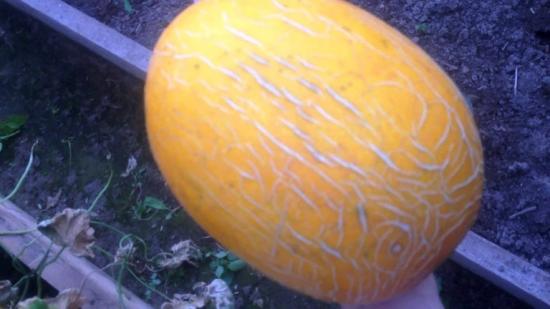
The fruits of the Altai melon are oval-shaped, the skin is thin, golden in color with a white mesh pattern.
The fruits weigh from one and a half to two kilograms, the flesh is white or cream in color. Melon tastes sweet and has a pleasant aroma. The structure of the fruit is quite dense, the melon is well transported and can retain its attractive appearance for a long time.
The fruits are consumed fresh, they can also be dried, dried, and are suitable for making jam and preserves.
A distinctive quality of the Altai melon variety is its undemanding temperature. The plant develops normally and bears fruit in the conditions of Siberia and Altai. It is also resistant to high humidity.
Growing Altai melon in open ground
Given that growing melon Altai in a warm climate, seeds are planted directly into the ground on the 10th day of May.
Before planting, it is advisable to discard low-quality seeds. To do this, they are first heated in warm water, then dipped in a two percent solution of table salt. All grains that float to the surface are thrown away.
All sunken grains are soaked in a light pink solution of potassium permanganate for about half an hour. This will allow you to disinfect the planting material and destroy pathogenic bacteria and fungi.
When planting melon using the seedling method, the seeds are sown in plastic cups or small pots with a mixture of rotted manure, peat and turf soil.

The optimal temperature for seed germination is +18 C. The emergence of seedlings can be expected in a week. Seedlings should be planted in the ground after the third true leaf appears.
Useful video about growing melon seedlings:
Let's watch a video about the Altai melon variety:
Soil preparation and planting rules
Landing place melon should be well lit. It is better to prepare the soil in the fall.Before digging, it is recommended to apply mineral and organic fertilizers. A good option is to apply rotted manure per 1 square meter. meter of area will require from 3 to 4 kg. To loosen the soil, river sand is also added to the soil, about half a bucket per square meter. m.
Before planting seedlings, the plot is dug up again, and the surface is leveled with a rake.
In an open area, Altai melons are planted according to a pattern of 100 x 140 cm. The depth of the furrows for planting is 5 cm. In the places marked for placing bushes, a handful of humus should be laid out.
When planting seedlings, make sure that the earthen lump taken out of the cup does not sink too deep into the soil; it is better to let it peek out a little above the surface of the soil.
Planting is completed with abundant watering.
Next, if the sun is too bright, the area is covered with a sun protection net. If there are sharp changes between air temperatures during the day and night, then the planted plants are covered with plastic film.
Although it is customary to talk about the unpretentiousness of the plant, every summer resident knows that without proper care it will not be possible to obtain a high yield with good taste. Therefore, the issue of watering, fertilizing, and shaping should be considered in more detail.
Proper agricultural technology is the key to high yields
For normal plant development, moisture is required. Therefore, during dry periods, plants should be watered once or twice a week. At the same time, it is necessary to monitor the condition of the soil and prevent it from becoming waterlogged. Excess moisture will lead to the development of putrefactive and fungal diseases.
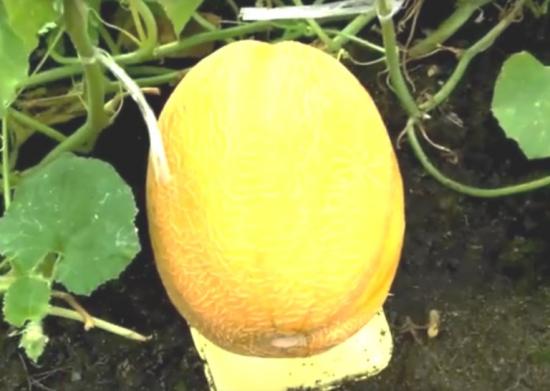
Fertilizing is carried out once a decade, and for the first one, mineral complexes containing nitrogen mixtures are used, for example: urea.
Among the organic ones, we can recommend a solution of mullein or chicken manure. In the second half of the growing season, the application of potassium-phosphorus fertilizers will be required.
You should not apply too much nitrogen fertilizer; this will stimulate the growth of greenery, but not fruit.
To activate the growth of side shoots, pinch the central stem after the 5th leaf. If the goal is to get full-fledged large fruits, then no more than 5 ovaries should be left on the bush.
Weeding is carried out as the soil dries after rain or watering, the weeding depth during stem development is 15 cm, during fruit ripening - no more than 10 cm.
To reduce the risk of fruit rotting, the area under the melons is lined with boards or straw. If ripe melons are damaged by birds, you will need to install a scarecrow or modern devices to scare away feathered lovers of sweets.
Diseases and pests, how to deal with them
The most dangerous diseases for Altai melon are fusarium, copperhead and powdery mildew. Symptoms of the disease appear as spots on the leaves. Therefore, periodic inspections of plants are a mandatory procedure.
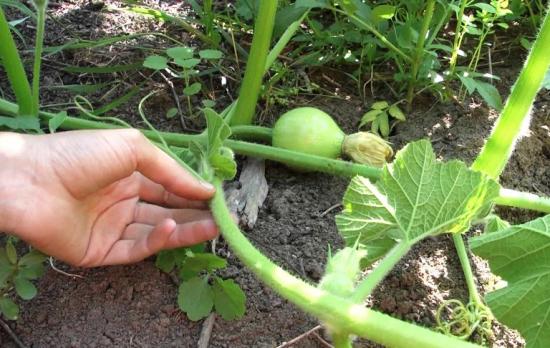
Reduces the risk of developing fungal diseases:
- treating seeds with fungicides before planting;
- compliance with crop rotation rules.
Having noticed the disease in the initial stages, you can resort to removing the affected leaves; if the entire plant is affected, it is removed completely. All infected plant remains are destroyed by burning, this is done away from the garden bed.
In the fight against harmful insects, either biological or chemical agents are used to destroy thrips, aphids, and spider mites.
Growing Altai melon in a greenhouse
To grow melon, you will need a greenhouse with a height of at least 2 m, located in a sunny area.
If there is insufficient lighting, you need to think in advance about how to organize the lighting. If you grow Altai melon in regions with a cool climate, you will need a heated greenhouse.
There should be no drafts in it, but ventilation must be of high quality.
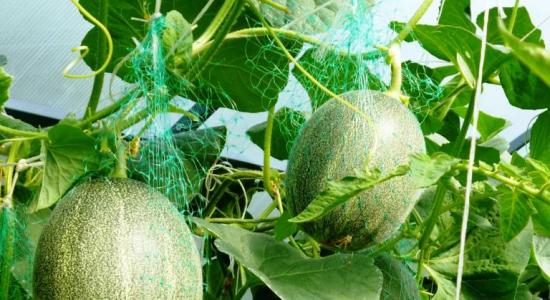
Soil preparation is carried out as follows:
- the top layer of soil is removed, 20 cm;
- the bottom is covered with expanded clay;
- Next, a layer of hay, mown grass or straw is laid;
- then comes a layer of humus;
- the fertilizer layer is covered with sawdust or fallen leaves;
- Next comes a layer of soil, mineral fertilizers are added to it, in the case of acidic soil - lime. River sand is also added.
Plants are planted in seedlings.
It is recommended to maintain the temperature in the greenhouse: at least + 23 C during the day, + 18 C at night.
To grow melon indoors, trellises are used.
A prerequisite is correct formation: pinching is done after the fifth leaf. It is recommended to form melons in a greenhouse into 2 stems, the remaining shoots are removed. To obtain large fruits, it is not recommended to leave more than 5 ovaries on the stem.
To fix the fruits on the trellis, nylon nets are used; the large weight of the fruit can lead to breaking off the stems.
After planting, it is recommended to mulch the soil in the greenhouse; you can cover it with a layer of straw.
Watering is done with water heated to + 30, taking into account that excess moisture can harm the plants. In case of high humidity, high-quality ventilation should be ensured, this will prevent the spread of fungal diseases.
The following can be used as fertilizers:
- Kemiru,
- a mixture of potassium and ash;
- during fruit ripening - huminates, Epin, Zircon.

Since the plant needs pollination, it is recommended to install a hive with bees in the greenhouse. If this is not possible, install a fan. If there are few bites, pollination is carried out using a soft brush, alternately touching it to the center of each flower.
Reviews about the variety
Reviews on forums about this variety can be found contradictory. Some summer residents admire the possibility of obtaining fruits in far from ideal natural conditions and the high productivity of the plant.
Others write that melon is less sweet compared to other varieties and has an original flavor reminiscent of pumpkin.
Whether you choose this variety for planting or not is up to you; most likely it will suit gardeners living in areas with a cool climate.
Let's watch another interesting video about the product of crossing Minnesota and Altai melons:



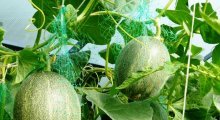
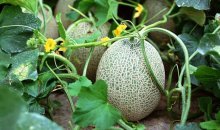
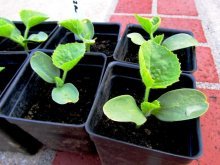
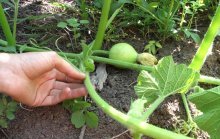
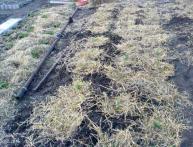
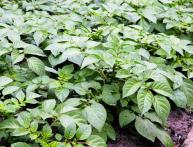
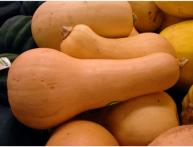
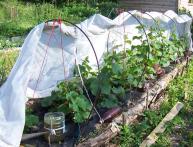
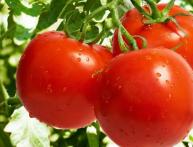
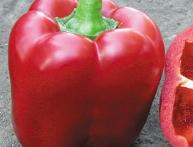
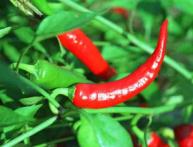
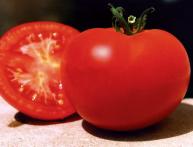
Comments
I love melon, but it doesn’t grow in open ground here. I will definitely try to plant it in a greenhouse next year according to the recommendations from the article. Everything is clearly and accessiblely described. My soil is suitable for growing melons, I use nitrogenous fertilizers.
When growing melons, it is important to obtain healthy seedlings. After all, weak plants will not develop in conditions that are not completely suitable. An important stage is hardening. Before planting, it is necessary to accustom the seedlings to the new microclimate.
At one time I tinkered a lot with this variety, although not in a greenhouse, but in the open air. But in the summer it can be very hot here, and many varieties have time to ripen, but in this case the fruits still lacked sweetness.
Melon is a melon crop and we plant them not on a personal plot, but in a field.Therefore, there is no watering there; melons, of course, do not grow large under such growing conditions, but due to the hot climate, they ripen well and have a wonderful taste.
This variety of melon is quite suitable for growing by beginners, if they, of course, are well acquainted with the information. One family from the city moved to our village, and their melons grew better than ours.